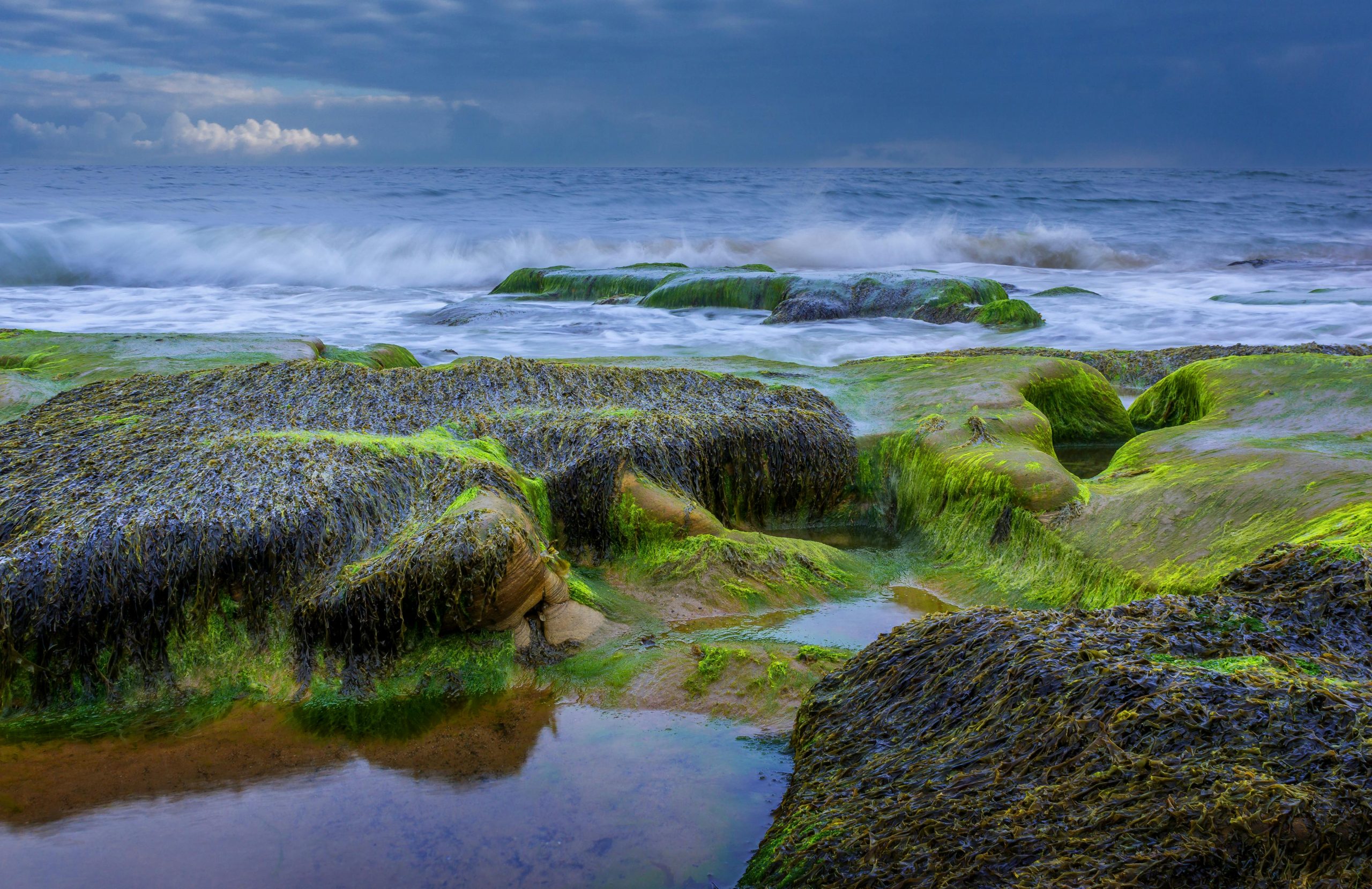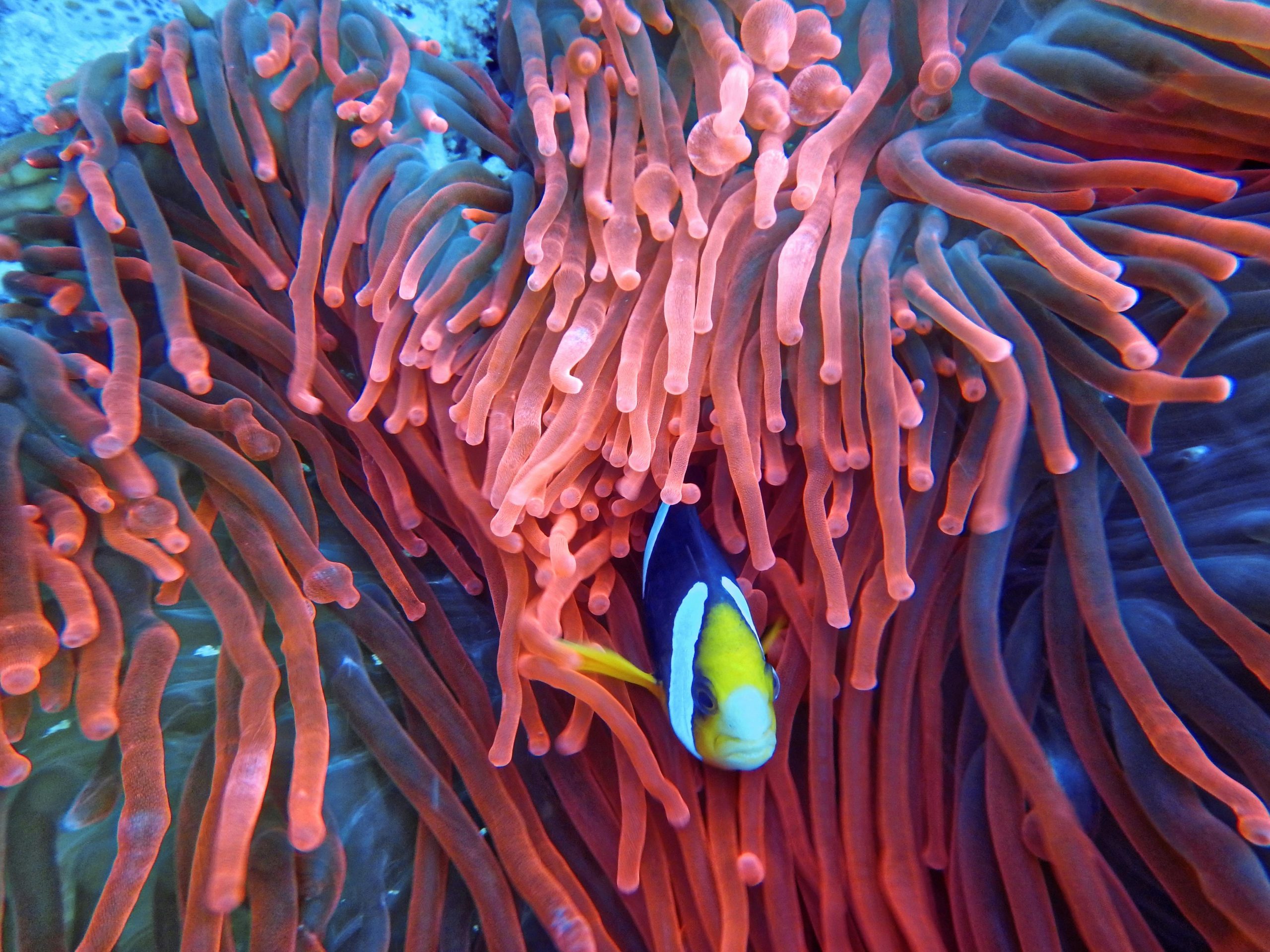Table of Contents
![]()
Maintaining a healthy aquarium involves more than just keeping your fish fed and your tank clean. One of the most common and persistent issues aquarists face is algae overgrowth. Algae can not only make your aquarium look unsightly but can also disrupt the delicate balance of your aquatic ecosystem. This article provides a detailed guide on how to identify, address, and prevent stubborn algae problems in your aquarium.
Understanding Algae
Algae are simple, autotrophic organisms that can thrive in various aquatic environments. In an aquarium, algae growth is a common issue and can manifest in several forms:
- Green Algae: Often seen as a green film on tank surfaces or floating particles in the water.
- Brown Algae: Appears as a brown, dusty coating on surfaces, particularly common in newly established tanks.
- Red Algae (Cyanobacteria): Typically found as reddish or brownish slime on surfaces and can be a sign of high nutrient levels.
- Hair Algae: Characterized by long, hair-like strands that can entangle plants and decorations.
- Green Spot Algae: Appears as small green spots on glass and decorations, often associated with high light intensity.
Factors Contributing to Algae Growth
Several factors can contribute to the proliferation of algae in your aquarium:
- Excess Nutrients: High levels of nitrates and phosphates from overfeeding, decaying organic matter, or inadequate filtration.
- Poor Lighting Conditions: Too much light or prolonged light exposure can encourage algae growth.
- Inadequate Water Circulation: Poor water flow can lead to stagnant areas where algae can thrive.
- High Water Temperatures: Elevated temperatures can accelerate algae growth and other aquatic organisms.
Assessing the Problem
Before addressing an algae problem, it’s essential to properly assess the situation:
- Identifying the Type of Algae: Determine the type of algae present in your aquarium by observing its color, texture, and growth pattern. This will help in selecting the most effective treatment method.
- Evaluating the Current Setup: Check your aquarium’s lighting duration and intensity, filtration system, feeding practices, and the frequency of water changes. Identifying any imbalances in these areas can help pinpoint the cause of the algae problem.
Preventative Measures
Preventing algae growth is often more effective than trying to eliminate it once it has become a problem. Here are some preventative measures you can take:
- Proper Feeding Practices:
- Avoid overfeeding your fish, as uneaten food can contribute to nutrient overload.
- Use high-quality food and feed appropriate amounts to reduce excess nutrients in the water.
- Regular Maintenance:
- Perform routine water changes to remove excess nutrients and waste products.
- Clean aquarium equipment, decorations, and substrate regularly to prevent algae buildup.
- Light Management:
- Adjust the duration and intensity of aquarium lighting. Most aquariums require 8-10 hours of light per day.
- Consider using timers to ensure consistent lighting schedules.
- Improving Water Circulation:
- Ensure adequate water flow by positioning filters and pumps effectively.
- Use water flow regulators to minimize stagnant areas where algae can grow.
Chemical and Mechanical Solutions
If preventative measures are not enough, you may need to employ chemical or mechanical solutions:
- Chemical Treatments:
- Algaecides: These chemicals specifically target algae and can be effective in controlling its growth. Be cautious with dosage and follow manufacturer instructions to avoid harming your aquatic life.
- Phosphate Removers: Products that help reduce phosphate levels, which can promote algae growth.
- Nitrate Removers: Similar to phosphate removers, these help to control nitrate levels in the water.
- Mechanical Removal:
- Manual Scraping: Use algae scrapers or brushes to physically remove algae from tank surfaces.
- Algae Pads: Specially designed pads and brushes can help clean algae from hard-to-reach areas.
- Use of Aquarium Cleaners and Vacuum Systems:
- Automated cleaners and vacuum systems can help maintain tank cleanliness and reduce algae growth.
Biological Control
Introducing natural predators or beneficial microorganisms can help control algae without relying solely on chemicals:
- Algae-Eating Fish and Invertebrates:
- Fish: Species like Siamese algae eaters, plecos, and certain types of snails can help control algae growth.
- Invertebrates: Shrimp and snails are effective in consuming algae and can be a natural solution for controlling its spread.
- Beneficial Microorganisms:
- Nitrogen-Fixing Bacteria: Products containing beneficial bacteria can help manage nitrogen levels and reduce algae growth.
- Algae-Eating Bacteria Products: These products introduce bacteria that specifically target and help control algae.
Long-Term Management and Prevention
To prevent algae problems from recurring, consider implementing these long-term management strategies:
- Regular Maintenance Schedule:
- Establish a routine for water tests, changes, and cleaning to maintain optimal conditions.
- Regularly check and maintain your filtration system and equipment.
- Monitoring and Adjusting Environmental Factors:
- Keep water parameters stable and within recommended ranges.
- Adjust lighting and feeding practices based on observed algae growth and tank conditions.
- Creating a Balanced Ecosystem:
- Introduce live aquatic plants, which compete with algae for nutrients and can help keep algae in check.
- Ensure a balanced nutrient supply to avoid overloading the system.
Troubleshooting Persistent Problems
If algae problems persist despite your efforts, you may need to troubleshoot further:
- Analyzing and Adjusting Strategies:
- Re-evaluate water quality, parameters, and tank setup. Adjust treatments and practices as necessary.
- Check the functionality of all equipment to ensure it’s working correctly.
- Seeking Professional Advice:
- Consult with local aquarists or aquarium stores for expert advice.
- Participate in online forums and communities for additional support and suggestions.
Conclusion
Dealing with a stubborn algae problem in your aquarium requires a multifaceted approach involving understanding the algae types, assessing and addressing contributing factors, and implementing both preventative and corrective measures. By following the strategies outlined above and maintaining regular aquarium care, you can effectively manage and prevent algae issues, ensuring a healthy and beautiful aquatic environment for your fish and plants.
Share This





Be the first to comment